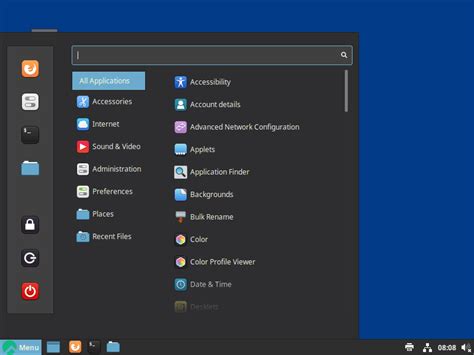The topic of desktop Linux has been a recurring theme in tech circles for decades, enticing enthusiasts with the vision of an open-source utopia free from the constraints and surveillance of commercial operating systems like Windows and macOS. Despite the allure, achieving significant market penetration has proven elusive. This persistent gap between potential and reality stems from both intrinsic technical limitations and external market dynamics.
One common sentiment among Linux advocates is the promise that ‘next year’ will be the year of Linux on the desktop. Voices like RajT88 echo this optimism, positing that 2024 could be the tipping point. The reality, however, is more complex. Even as year-after-year advancements are made, recurring issues like lackluster hardware compatibility and inconsistent user experiences continue to stymie broader adoption.
Technical issues aren’t the only hurdles. The fragmented nature of Linux distributions—often termed as NIH (Not Invented Here) syndrome according to user progx—results in a myriad of distros, each with its own set of quirks and advantages. This fragmentation dilutes effort and causes user paralysis due to the overwhelming number of choices. While Canonical’s Ubuntu and Red Hat’s Fedora have made strides, they still fall short of providing a seamless out-of-the-box experience comparable to mainstream operating systems.
Another frequent complaint is that display scaling on Linux, especially on high-DPI screens, remains problematic. Comments from users like donmcronald and tomaytotomato highlight the frustrations with setting appropriate display scaling, often requiring restarts and yielding inconsistent results across different distributions and desktop environments. While some have found solace in specific setups like KDE Plasma with Wayland, the broader resolution remains elusive.
Despite these technical challenges, Linux does offer unique advantages. The freedom from invasive telemetry, forced updates, and adware, common on Windows, is a significant draw. User ur-whale pointedly contrasts the minor annoyances of Linux with the perceived user-hostile practices of modern commercial OS providers. Even so, the celebrated flexibility and openness of Linux are double-edged swords, contributing to its often-disjointed user experience and lack of refined polish for the average user.
The conversation is further complicated by the current market dynamics. As noted by qp11, large corporations like Microsoft engage in aggressive tactics to maintain their market share, from deep discounts to exclusive deals with large organizations. This commercial inertia means that even if Linux finally achieves technical parity or superiority, displacing established players will be an uphill battle. The systemic issues that entrench Windows in enterprises are deeply rooted in non-technical spheres, like sales tactics and corporate alliances.
Interestingly, Valve’s Steam Deck provides a case study in leveraging Linux for seamless user experiences. By creating a controlled environment with pre-installed software and drivers, they provide a glimpse into what a well-integrated Linux desktop could look like. This model suggests that the path forward could involve companies investing in vertically integrated solutions where they control both the hardware and the software stack, much like Apple’s macOS.
Nevertheless, the road to mainstream success for desktop Linux remains rocky. It faces not just technical and compatibility challenges but also market inertia and user habits built over decades. As noted by user gotbeans, expecting desktop Linux to become a goldmine without a clear monetization strategy is overly optimistic. The fragmented nature of Linux fosters a vibrant community and diverse options but also makes it difficult to rally the kind of concerted effort required for mass-market success.
Ultimately, desktop Linux’s future hinges on its community’s ability to balance flexibility with usability, to innovate without contributing to fragmentation, and to align more closely with broader market needs. Whether 2024 will indeed be the year of Linux on the desktop remains to be seen, but what is clear is that the journey will require relentless innovation, community cooperation, and perhaps a bit of luck.


Leave a Reply